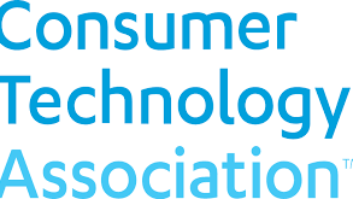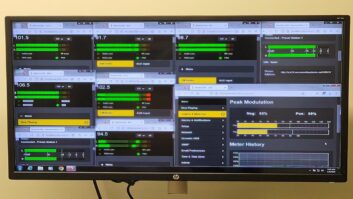LOS ANGELES�The sky is falling! The sky is falling! How many times have we faced that panicked notion? Well, here�s yet another example of it. I�ll play the role of contrarian again, but on the side opposite from my norm. From an article entitled �LTE-U is coming to take your Wi-Fi away, consumer advocates warn� we have several points, the last of which could be slightly exaggerated. Maybe.
�
�A carrier technology that uses Wi-Fi frequencies to provide LTE connectivity could let the big wireless providers mess with your home connection and push you on to their networks, according to comments filed today with the FCC by several watchdog groups.
�
�The technology is called either LTE � Unlicensed or Licensed Assisted Access (LTE-U or LAA), and it essentially works by using 4G/LTE radios to send and receive data via the same 5GHz frequencies as Wi-Fi. This lets carriers offload traffic from their congested licensed networks to consumer Wi-Fi, easing the load.
�
�But there�s a catch, according to a coalition of public interest groups, including the Open Technology Institute, Public Knowledge, Free Press, and Common Cause. In their official comments to the FCC today, the group argued that unregulated use of LTE-U technology � which operates on the same frequencies as existing Wi-Fi � would allow America�s large wireless providers to degrade the functionality of existing home wireless networks, provisioned by landline cable or fiber services.�
�
Let�s learn a little more about what LTE-U really is, from an article published in theruckus room.�…one such option that has received a lot of attention recently is LTE-U. Being promoted by QualComm and other radio access network (RAN) vendors, LTE-U is an approach to run LTE directly over the 5GHz unlicensed bands. While it isn�t so much convergence as it is way to obtain additional wireless spectrum for mobile services, this concept is now under development by 3GPP (3rd Generation Partnership Project) for standardization in Release 13 as LAA-LTE (license assisted access).
�
�An alternative to using LTE in unlicensed spectrum that could be much more palatable to the broader industry is LTE + Wi-Fi Link Aggregation (LWA). This approach, being strongly promoted by QualComm, achieves a very similar result to LTE-U and LAA-LTE, but with some big differences. With LWA, the LTE data payload is split and some traffic is tunneled over Wi-Fi and the rest is sent natively over LTE. This can greatly enhance the performance of an LTE service. It�s expected that LWA will proceed rapidly through the standards process and emerge in 3GPP Release 13 in the summer of 2016.
�
�Unlike the deployment of LTE in unlicensed spectrum, which requires all new network hardware and all new smartphones, LWA could be enabled with a straightforward software upgrade allowing smartphones to power-up both radios and split the data plane traffic so some LTE traffic is tunneled over Wi-Fi and the rest runs natively over LTE. The traffic that flows over Wi-Fi is collected at the Wi-Fi access point and then tunneled back to the LTE small cell, which effectively anchors the session. The flows are combined at the LTE small cell and then sent on to the evolved packet core (EPC) and from there to the Internet.�
�
While this seems like a boon for mobile connections like smartphones, I do wonder if laptops, tablets, and IoT devices will be negatively impacted by new users vying for attention of WAPs.
�
�











